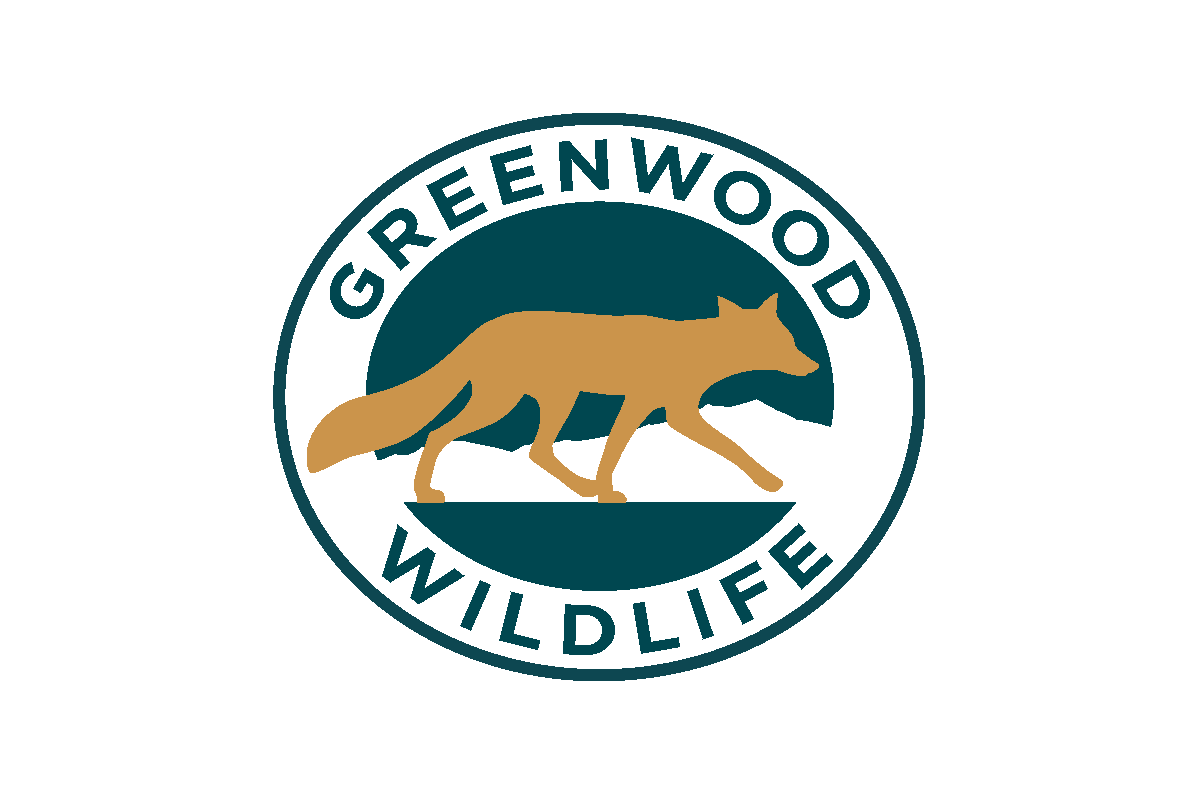A baby squirrel showing any of the following symptoms is NOT healthy and therefore needs help:
1. Obvious signs of illness or injury.
2. Known contact with a cat or dog.
If the squirrel shows any of these symptoms or you think it may be otherwise sick or injured, call Greenwood Wildlife Rehabilitation Center at (303) 823-8455. Please be careful when handling wildlife. Use thick, gardening-type gloves and cover the animal with a t-shirt or pillowcase. When in doubt, do not attempt a capture. If the baby shows NO symptoms of illness or injury, it may be possible to reunite the baby with its mother. Follow the instructions below to attempt a reunite.
NO FOOD OR WATER! People often think that feeding an orphaned baby will make it feel better, but doing so can actually endanger its life.
How to Reunite a Baby Squirrel with Its Mother
It is very important to give mother squirrels every opportunity to find and continue to care for their baby. If the squirrel seems healthy, it should be left out for at least one full day during daylight hours for the mother to claim it. It is possible that she is still around but has become temporarily separated from her baby. Mother squirrels will retrieve their babies one at a time and take them to the original or an alternate nest provided they can find their young.
IMPORTANT: Do not leave baby squirrels outside overnight – the mother will not be out looking for her baby after dark, and the baby will be vulnerable to predators.
Step 1: Prepare the reunite box
Use a small shoebox. The container needs to be short enough for a mother squirrel to be able to jump out with the baby in her arms. Use clean pillowcases or T-shirts to line the bottom of the box. (No towels please). On one side of the box place 3 – 4 chemical hand warmers underneath the T-shirts/pillowcase so as not to burn the babies. You can also use a non-auto-shutoff heating pad on low under half the box.
Step 2: Place the baby(ies) in the box using thick gardening gloves
Do not put the box directly in contact with the ground. Use blankets or towels under the box to act as insulation.
Step 3: Leave the container in the area where the baby was found.
Place the box at the base of the tree that is suspected or known to be their home. If the tree has been trimmed or completely cut down, place the box underneath the nearest tree as the mother will be most likely to look for it nearby. If there is no shade over the box, place a flat piece of cardboard over half of the box to give the baby shelter. This technique can also be used if it is raining or snowing lightly. It is important to play a sound loop of a baby squirrel calling its mother to attract her.
What if it rains or snows? In heavier rain or snow, try placing a plastic bin on its side and tucking the box inside for shelter. In the case of stormy weather, keep the baby in the box and bring it inside until the weather clears; mom won’t be looking for it in the middle of a storm. As soon as the weather clears, put the baby back out where it was found. If there is less than one hour of daylight left, move them inside overnight, keeping them in the container with the heat source. The following morning, call Greenwood Wildlife at (303) 823-8455 for further instructions.
Step 4: Check to see if the mother has retrieved the baby.
Stay far away from the area so that you do not scare the mother. Return to check the box periodically. Hopefully, the mother squirrel will return and take her baby back to the nest. Squirrels are excellent mothers and take good care of their young.
If you have disturbed a nest and frightened a mother squirrel, you might see the squirrel run away from the nest or her baby. DON’T PANIC! There is a very good chance that she will return and continue to care for her young. Even if the baby has fallen from the nest, its mother can pick it up and take it back to the nest.
Transporting to Greenwood
1. Make sure that the box containing the animal is secure on the seat or floor of your car.
2. Keep the car warm and quiet (no radio, minimal talking) while you travel. Avoid sudden stops and sharp turns.
3. NEVER let anyone, especially a child, hold the animal on his or her lap during the trip. It is very important to think first about what the injured animal needs and the fact that contact with people is stressful for the animal. Once the animal arrives at a rehabilitation center, it will be treated by experienced staff and volunteers who will ensure that it receives the best care possible.
